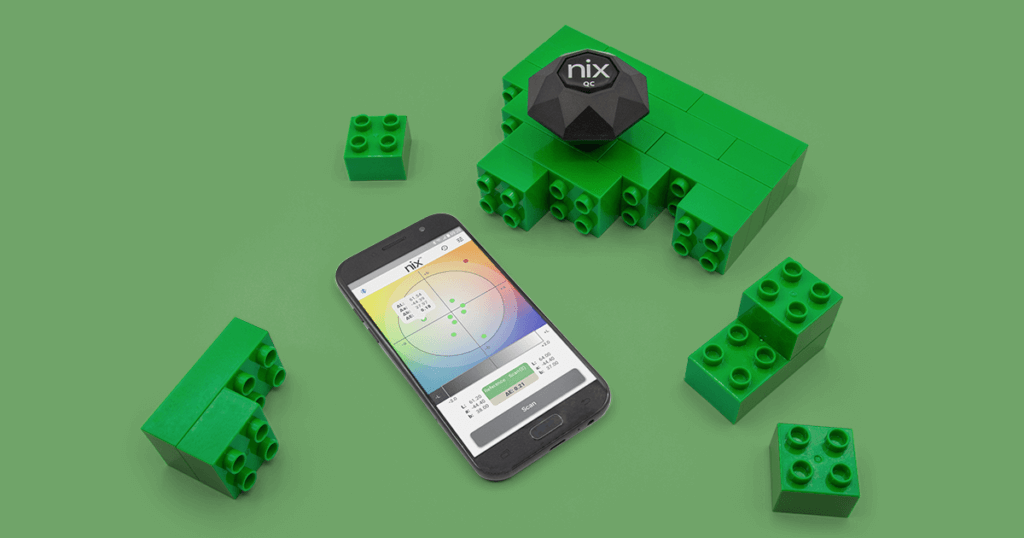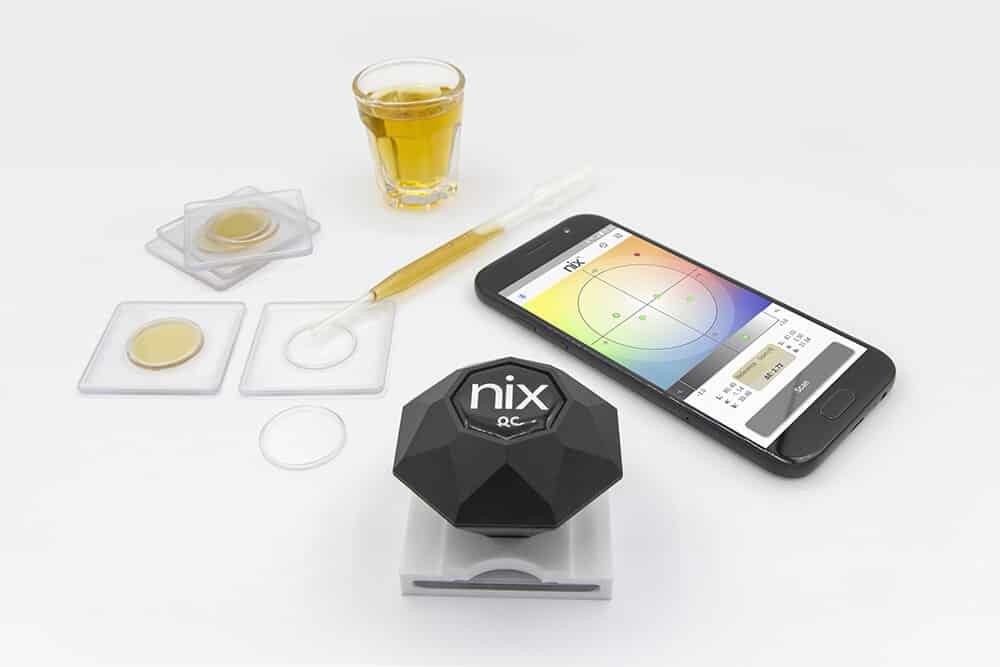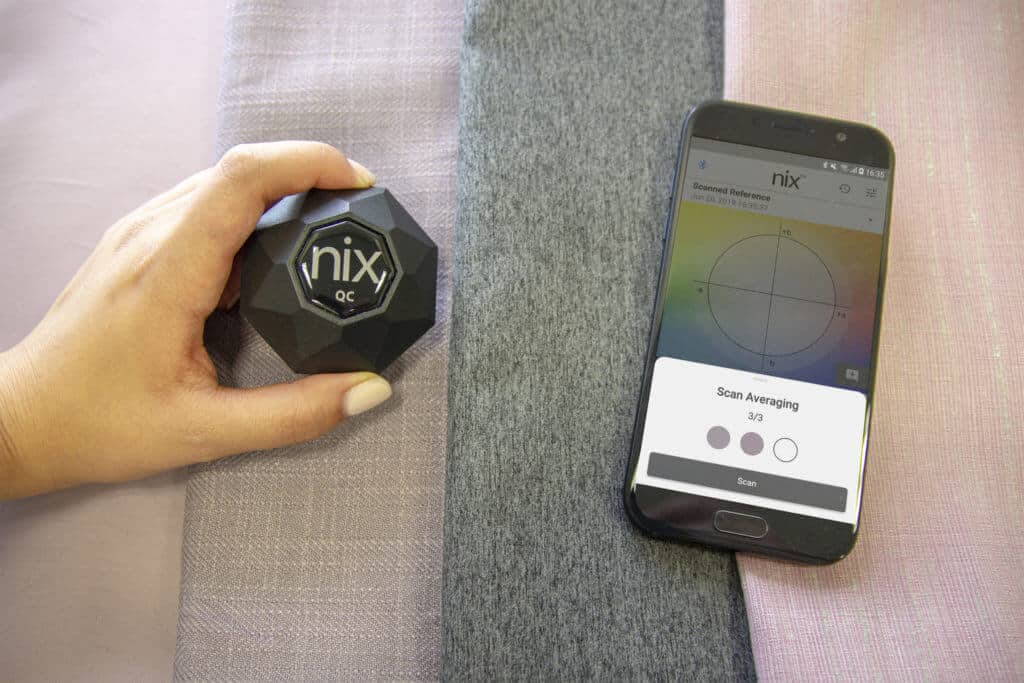Case Studies with the Nix QC
Every product inherently has a color.
Color is one of the first things a customer will notice about a product and it will create a lasting, first impression. Color can convey a brand’s identity and even elicit an emotional response from the customer. Color conveys a tangible sense of quality and value. Color ultimately affects the success of a product – and your bottom line.
Color consistency is as important as the color choice itself. When browsing a store, showroom, or warehouse, the customer is expecting consistency between products. This includes the packaging, where brand recognition and uniformity can attract a customer’s attention, as well as the product itself, where the customer has the expectation that all units purchased will have the exact same color when they open the package at home.
Color consistency must be maintained within batches and between batches.
Imagine a parent opens a box of their family’s favorite brand of cookies and notices there is something “off” about a few of them. Upon closer inspection, they realize the color of these cookies don’t quite match the rest. The modern consumer has grown accustomed to uniformity in packaged goods and often equates consistency with quality – so, to avoid any perceived risk of feeding the cookies to their children, they most likely would throw out or return the whole package at the first sight of inconsistency. In this case, the cookie producer failed to ensure color consistency within the batch, ultimately damaging customer’s confidence in the brand.
Now imagine a contractor who is installing a new bathroom floor. They realize they are a few tiles short, so they head to the local hardware store to purchase another box of tiles. When they return to complete the job, they discover that these tiles are slightly faded in color compared to the tiles already on the floor. The tile manufacturer did not ensure color consistency between batches. This would be unacceptable for the contractor. They would return these tiles and think twice about using the same supplier in the future.
How can you ensure color consistency?
Color consistency must be ensured at all stages of a product’s life: from the sourcing of raw materials, to the manufacturing of the finished good, to the final sale of the product after storage in a warehouse or store shelf.
Many industries rely on a technician using a standardized paper fan deck or swatch to ensure color consistency in a product. This method has many downfalls, first and foremost is the highly subjective nature of color perception using the naked eye. This subjectivity is amplified by ambient light conditions which can drastically alter color perception; the skill and experience of the technicians; the repeatability of measurements between technicians who are often in different manufacturing facilities; and the quality and condition of the paper standard (these standards have the tendency to fade or dirty over time).
Because of these issues, the modern approach to color quality control involves the use of a digital colorimeter. These devices – although highly accurate – tend to be expensive, difficult to use, and are typically constrained to a lab countertop due to their bulky size and damage-prone components.
The Nix QC colorimeter was designed with these issues in mind. The Nix QC Color Sensor has the accuracy, repeatability, and inter-instrument agreement to handle even the toughest color quality control tasks, with a user-friendly, portable design that can ensure color consistency at all stages of a product’s life.
How does the Nix QC work?
The Nix QC has the capability to measure the color of any object. This includes:
- Solid, opaque surfaces
- Liquids
- Powders
- Soft/wet surfaces
- Patterned surfaces
- Other/custom solutions
Plastic Building Blocks
Solid, opaque surface
Part of what makes these toys so appealing to consumers is the ability to purchase new sets of blocks over many years, and knowing that the pieces will always fit together. Likewise, the consumer expects uniformity when it comes to color. Red is red and green is green. No one wants to build a fire truck with mismatched colors.

Whiskey
Liquids case study
For alcoholic beverages, color is one of the few attributes that a customer can evaluate before purchasing, and can even impact one’s perception of flavor and aroma. With detailed colorimetric data, quality control managers can ensure a consistent, standardized color within or between batches and can quickly make changes to upstream variables if the color begins to drift away from a chosen color standard.

Fabrics
Multi-point averaging case study
When measuring the color properties of a non-uniform surface, a colorimeter such as, the Nix Quality Control (QC) Color Sensor, will “average out” the color located within its field of view – meaning, the colors captured within the device’s aperture are detected and averaged into a single color. However, in some instances the color variation across the surface of a product can be irregular, making it necessary to take the average of multiple measurements during a scan. This method is called multi-point averaging.
